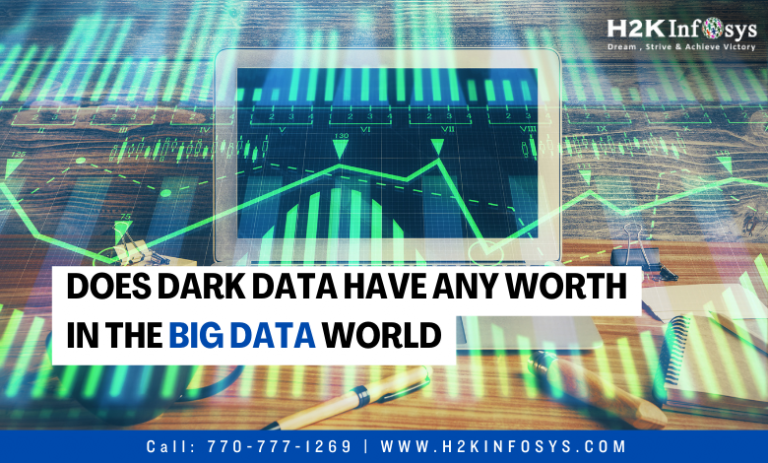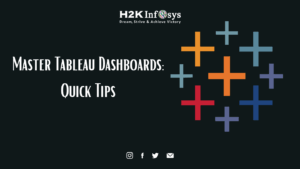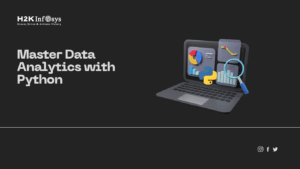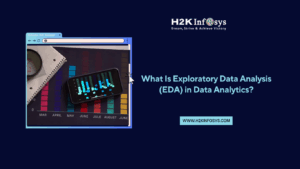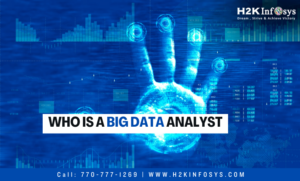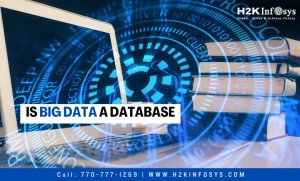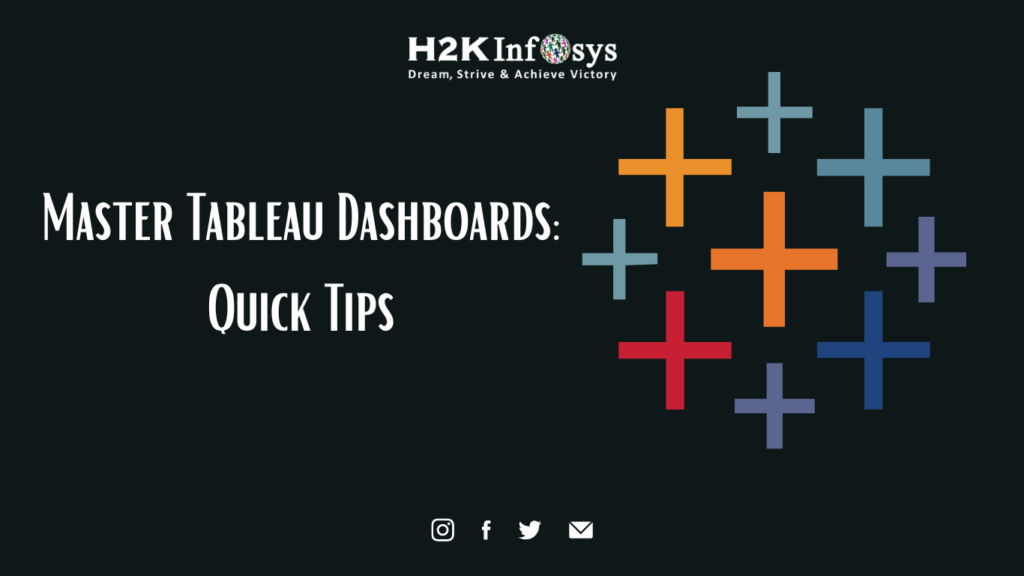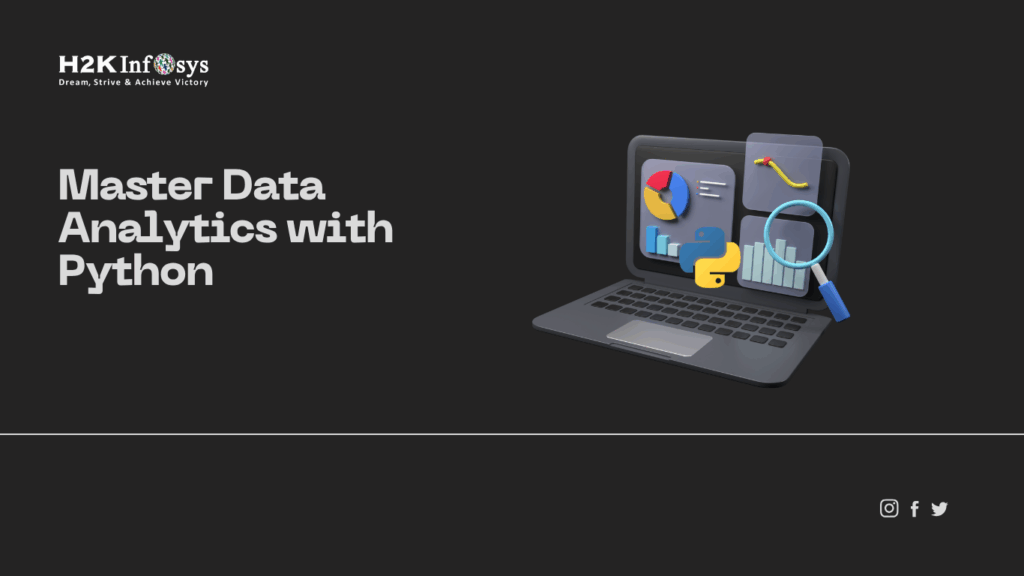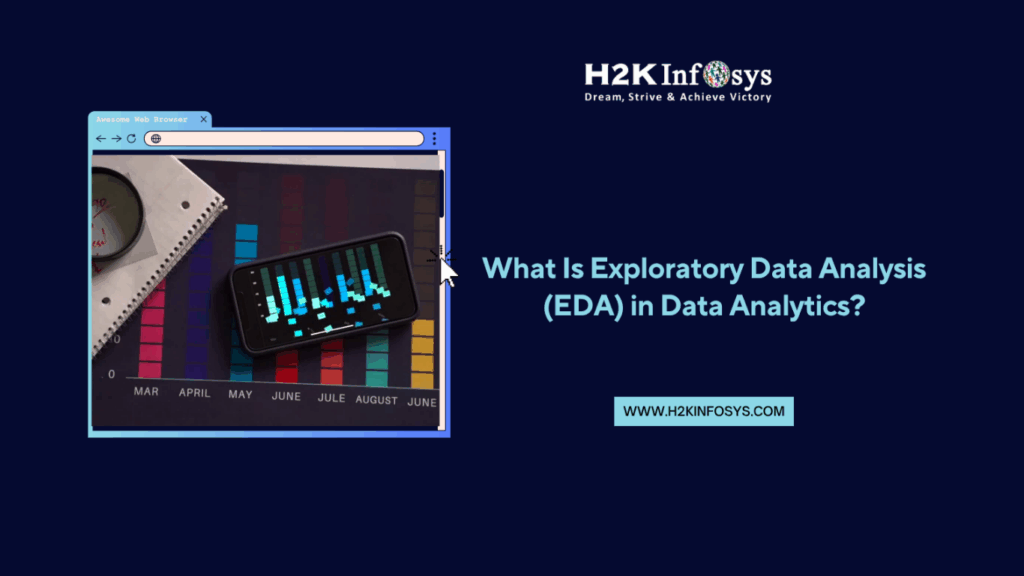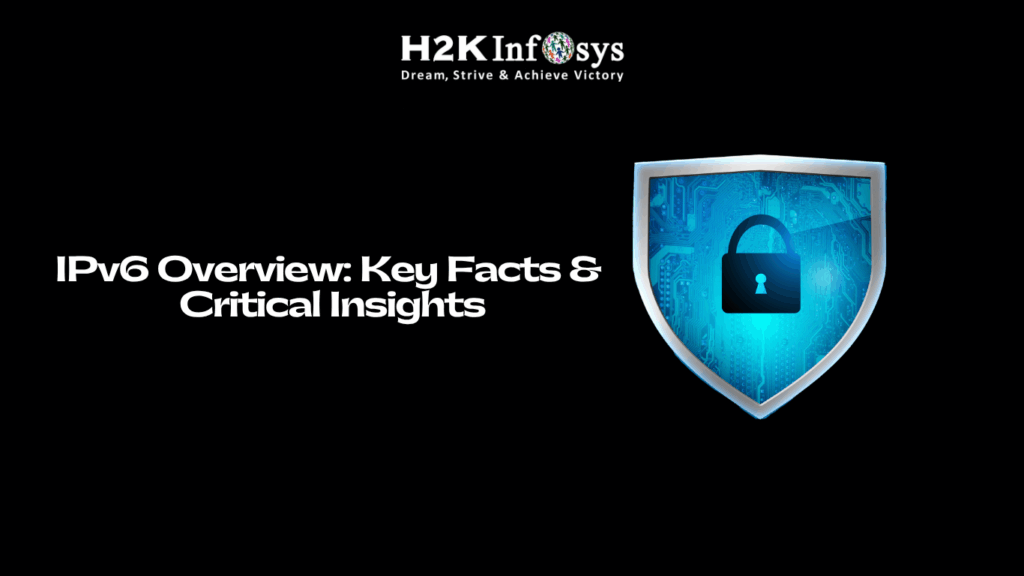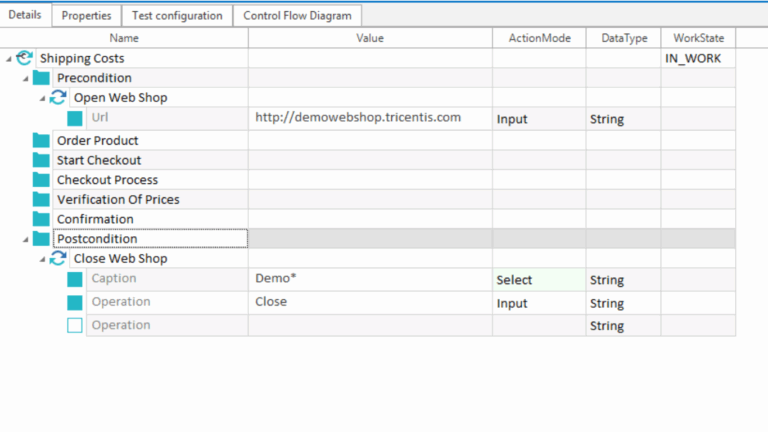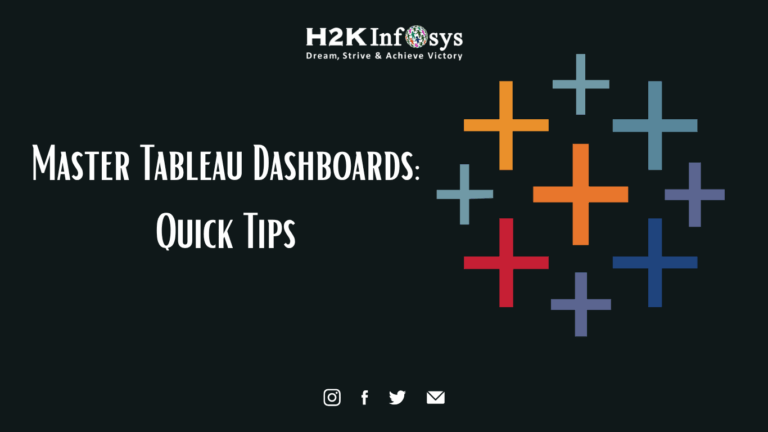These days, big data is the new oil! And the new super-rich are those companies who can use this data to evaluate it for insights that can be put to use! A growing number of businesses are investing in big data analytics after realising this.
Big Data comes in different forms, though. There is the Critical Business Data, which is the information that companies examine the most frequently in order to meet their objectives, boost sales, etc. When we think about big data, we usually think of this type of data. ROT data is an additional category of data that includes trivial and redundant information. As the name implies, this information is not crucial at all for a business and it can be discarded.
Then Dark Data comes next. Nobody knows anything about this obscure relative of big data, nor has anyone ever heard of it. We will thus talk about dark data today and attempt to comprehend its value in the context of big data. Let’s start by addressing the fundamental question: What is Dark Data? Check out the online Big Data course to learn more.
What is Dark Data?
The majority of companies collect, process, and store vast volumes of data that could one day be used to enhance their products and services. Do you own a new Samsung phone? Samsung most likely will gather usage information. Have a Facebook profile? Facebook gathers information about your friend lists, surfing history, etc. And practically every company can attest to this. Data analytics enters the scene once this data has been gathered!
However, a significant portion of the information gathered is inaccessible for analysis with traditional data analytics tools. This data, referred to as “Dark Data,” contains a tonne of unrealized potential. Dark data is typically only kept in the company archives and isn’t examined all that much, despite the fact that it may offer enormous insights for a firm that could result in higher earnings and more business growth. This is a result of how challenging it is to obtain, recognize, and properly evaluate Dark Data.
The following are a few typical instances of dark data:
- Spreadsheets
- Zip files and email attachments that are removed after inspection
- Outdated and dormant databases
- Prior employee information
- Log files
- Survey results and analytics reports
- Documents that are still accessible in older versions
- Additional personal data, such as project notes
What are the Different Dimensions of Dark Data?
In essence, there are three dimensions that make up the various forms of dark data. Let’s now examine what these are:
1.Traditional Unstructured Data
Traditional Unstructured Data makes up around 80% of all the data that is now accessible worldwide. And it’s included in Dark Data. Clearly, there is a ton of dark data in the world! Text-based data that isn’t arranged according to a set format is known as traditional unstructured data. This can include any type of non-uniformly structured data found in an organisation, such as emails, office documents, staff messages, etc. Thus, corporations have a very difficult task in evaluating this data to get insights that may be put to use.
2.Non-Traditional Unstructured Data
Non-Traditional Unstructured Data is considerably more complex than Traditional Unstructured Data, which is primarily text-based! The majority of this data consists of real-time applications, such as audio and video files. Since the significance of real-time data might vary over time, analysing this type of dark data is considerably more challenging. Furthermore, this material can even lose its value and become outdated if it is not examined quickly.
3.Deep Web Data
The deep web’s data is difficult for anyone to access. It’s not really visible on Google! Furthermore, this deep web data is a type of dark data that is exceedingly challenging to access, let alone evaluate. Furthermore, the deep web is thought to be 500 times larger than the surface web that you typically browse. Hence, the Deep Web Data has a lot of unrealized potential.
How to handle Dark Data for Maximum Benefit?
How should an organisation handle its Dark Data in order to reap the benefits, given that the majority of available data is Dark Data that can be extremely beneficial to it? Dark Analytics can help with this! Dark analytics is the process of gathering dark data, maximising its potential, and producing useful business insights.
Capturing the Dark Data is the most challenging aspect of this. This is because in order to capture this data, updated systems are needed because it is not uniformly structured. These systems ought to be aware of what to search for and where. Using a big data platform to uncover and decipher the mysteries of the Dark Data is just as crucial as identifying and capturing it. After that, a business can use this dark data to construct a business intelligence solution that will boost revenue and productivity.
But due to its intricacy, processing dark data is something that many companies avoid doing. However, in order for businesses to truly capitalise on Dark Data and open up new business opportunities, this mindset needs to shift. Businesses can truly achieve unthinkable results by combining structured and unstructured data, which will more than offset the expense of data analytics!
Conclusion
To learn more about Dark Data and Big Data, check out our Big Data online training program.
